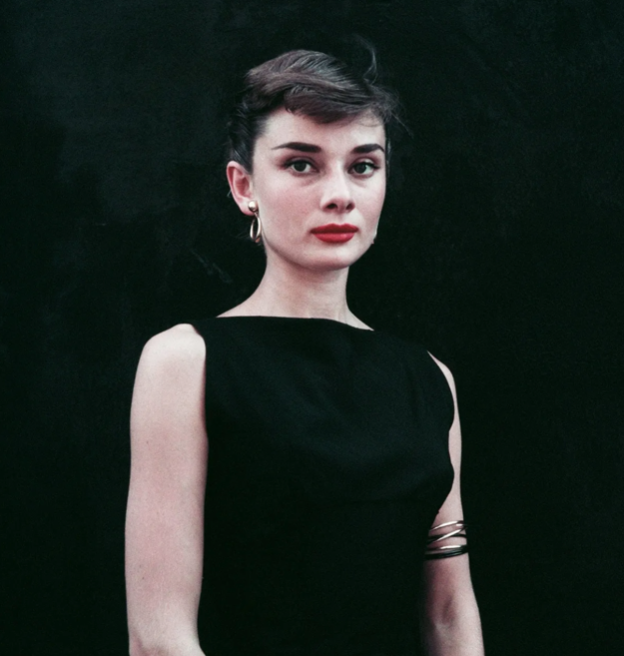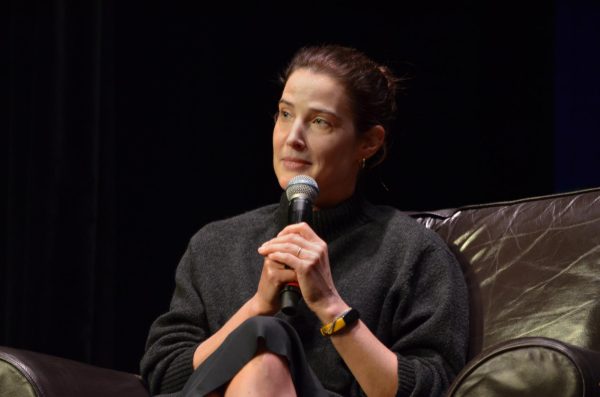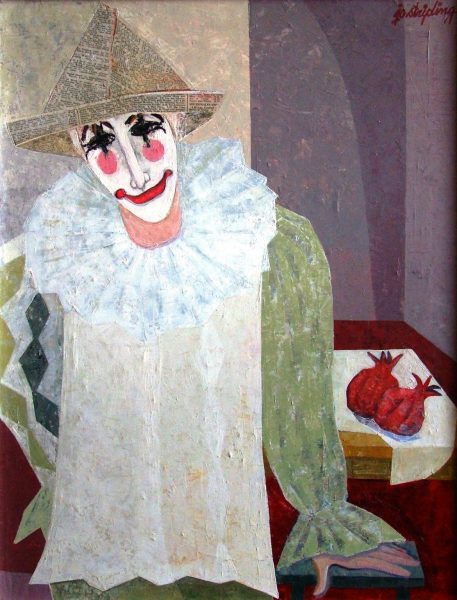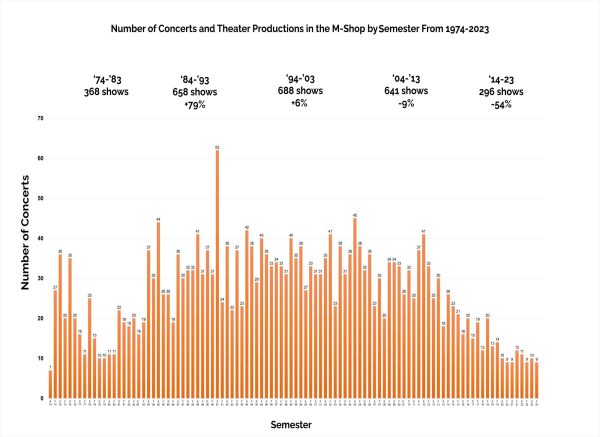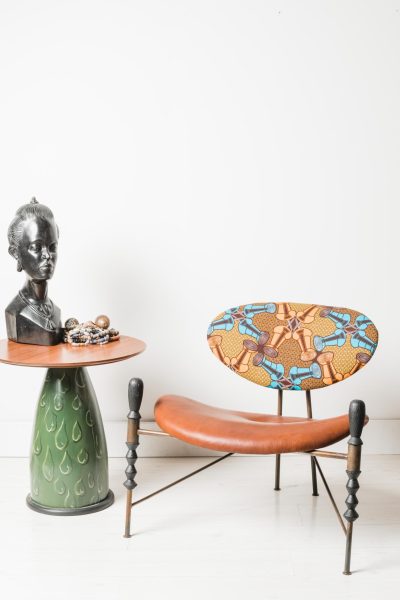Women as fashion icons through the decades
April 1, 2021
Since 1981, women have been celebrated during the month of March as trailblazers and innovators for what modern femininity looks like. As Women’s History Month wraps up, let’s highlight a few icons through the decades that changed the fashion industry as we know it. More than just a pretty face on the cover of a magazine, these women have made their mark on not only fashion but also humanity.
1950s
Queen of “the little black dress,” Audrey Hepburn will forever be a symbol of class and compassion. The “Breakfast at Tiffany’s” star spent her career racking up Academy Award nominations and extending great care to the world’s children. Toward the end of her life, Hepburn became Goodwill Ambassador for the United Nations International Children’s Emergency Fund (UNICEF), where she went on multiple field trips around the world advocating for children globally. A year before her passing, she was awarded the Presidential Medal of Freedom by former President George W. Bush — a high honor recognizing individuals with great contribution to bettering the United States and the world.
1960s
Jacqueline Kennedy Onassis, otherwise known as Jackie O, is the reason you’re still buying pearls. Wife to the 35th President of the United States John F. Kennedy, she stepped into her role as first lady in 1961 at 31 years old. After her emergence into the public eye, she quickly became the center of attention in fashion columns across the nation and a highly sought-after paparazzi shot. Remembered for her pillbox hats and the pink Chanel suit she was wearing when her husband was tragically assassinated in a presidential motorcade, Jackie Kennedy remained the poster child for a devoted wife and mother.
1970s
Having sold over 100 million records, Diana Ross is the maven of glamour. Ross, lead singer of the iconic women’s soul music group The Supremes, is known for her uniformly brilliant hair, glimmering floor-length gowns and voluminous lashes. The iconic singer and actress set the pace for Black women in the entertainment industry. In 1974, Ross co-hosted the 46th Academy Awards — deeming her the first Black woman to ever host. Ross holds multiple hit songs under her name as a soloist, including “Ain’t no Mountain High Enough,” “Love Hangover,” “Touch Me in the Morning” and “Home.”
1980s
The sweetheart of the media, Princess Diana quickly captured the hearts of England with her sweet spirit during her whirlwind romance-turned-marriage to heir to the British throne with Prince Charles. Diana served as a fashion icon through Britain and beyond, serving looks that style connoisseurs still recreate to this day.
“She was like the most photographed women during the time,” said Gabrielle Brainard, senior in apparel, merchandising and design and TREND magazine styling director. “She had all eyes on her and everyone was judging everything she was doing and what she was wearing — everyone wanted to be like her. Even now, the whole bikers shorts and sweatshirt trend, that kind of originated with her.”
Even after her conspiracy-ridden death of 1997, Diana’s legacy remained as a stylish, service-oriented woman who embodied grace.
“What she left was somewhat chaotic and mysterious, and everyone kind of remembered her for her style and for being a strong woman,” Brainard said.
1990s
Everybody wants to get their hands on a Vera Wang wedding dress. The designer herself, a powerhouse of a woman, serves as a notable reminder that age is just a number. In 1990, at 40 years old, Wang opened her first bridal shop in New York City. Now, over 30 years later, her brand has transcended into home goods, cosmetics, fragrance, eyewear, spirits, jewelry and more. Before opening her own boutique, she also served as senior fashion editor for Vogue and design director for Ralph Lauren. Wang is the daughter of two immigrants from China and proud of her heritage. Her parents instilled in her the desire to always work hard and better herself, as told in Harvard Business Review.
2000s
Jennifer Lopez, commonly referred to as J.Lo, truly does it all. Somehow, at 51 years old, the superstar remains ageless — leaving women around the world constantly inquiring about her skin care routine and best-kept beauty secrets. Born into a family of Puerto Rican descent, this larger-than-life woman has set the scene for Latinas in the entertainment industry, even being noted as one of Hollywood’s highest-paid Latina actresses. Since gaining her platform as an iconic dancer, singer, actor and entrepreneur, Lopez has been a force for change. She contributes exponentially to charitable efforts, even donating $1 million to hurricane relief shortly after Hurricane Maria devastated Puerto Rico.
2010s
Another notable first lady in fashion — and also humanity — is Michelle Obama. Apart from being a lawyer, writer and president’s wife, Obama was marked as a sight to behold at every event, as she is known for her elegant gowns. Obama captivated the public, and pieces she appeared in would routinely sell out within hours. Throughout her time in the White House, she upheld four main initiatives: healthy families, service members and their families, higher education and international adolescent girls education. It was her warm presence and commitment to these causes that earned her a spot in the 2019 Time 100 — a comprehensive list of the year’s 100 most influential people.
2020s
Style has shifted drastically since the start of a new decade. As COVID-19 has run rampant and kept the whole world at home for months, sweatsuits and baggy clothes have been the mantra. For quite some time, women have strived to fit the “ideal” body type. But a recent body positivity movement has taken social media by storm, and more women than ever are learning to love their bodies. Young singer-songwriter Billie Eilish leads the baggy clothes trend by intentionally keeping her body a mystery due to her tasteful wearing of loose clothing. She recently released a short film on tour titled “NOT MY RESPONSIBILITY,” in which she addressed body-shamers and negative opinions directed toward her clothing choices.
“Everything else in her life is so publicized, and I think because she had to grow up so fast, she kind of kept [her body] to herself,” Brainard said. “Her body neutrality and her modesty is honestly empowering. Women don’t have to show their bodies to be a badass and to be successful.”
Women are truly a force of nature. Mothers, daughters, sisters, wives, bosses, executives, innovators, entrepreneurs, friends, icons and neighbors — they do it all, empowering each other to go beyond whatever thought possible.
“There is something about women supporting women and looking up to women that is just so empowering,” Brainard said. “I feel like women are put down so much and told we can’t do things because we are women. That’s just not the case. We need to show the world that women are just as equal as men.”

